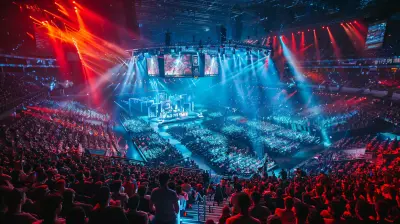Why You Should Shoot in Black and White with Your Digital Camera
19 November 2025
Let’s be real—when most people think photography, they think color. Vivid sunsets, lush green forests, neon city lights, and all those picture-perfect Instagram-ready moments. But here’s the thing: Black and white photography? It’s more than just a nostalgic throwback to the old days of film. It’s a powerful, expressive way to tell a story, cut through the noise, and add depth and emotion to your images.
So, why should you start shooting in black and white with your digital camera—even when you’ve got a world of color at your fingertips? Well, buckle up. We’re diving deep into the magic and mindset behind monochrome photography, and by the end, you might just swap those saturated hues for stunning shades of gray.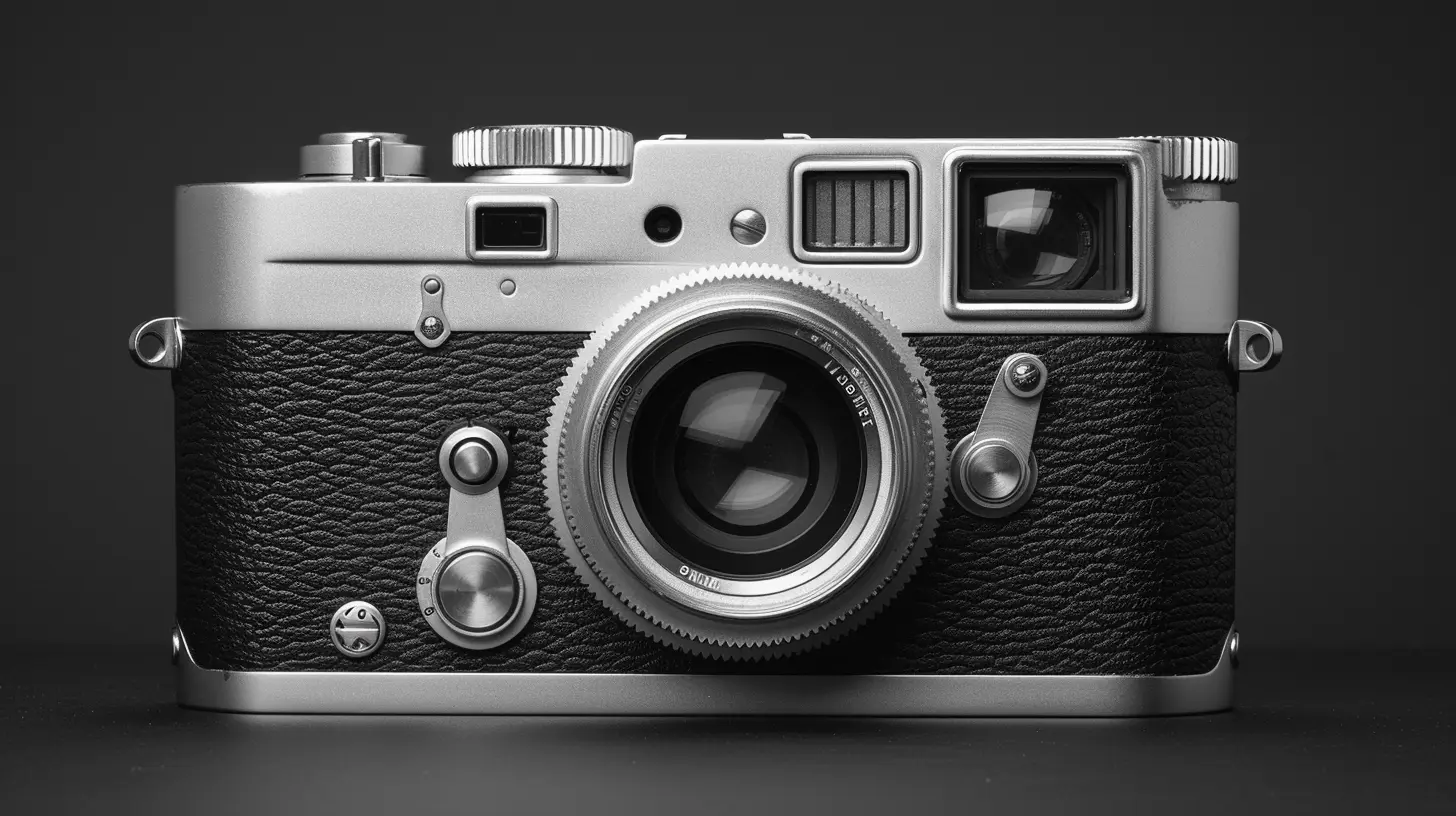
The Timeless Appeal of Black and White Photography
Black and white images have a unique charm that color photos sometimes can’t compete with. There’s a reason photo legends like Ansel Adams and Henri Cartier-Bresson built their legacies around it.Emotional Impact Without Distraction
Color can be a director, sometimes an unwanted one. It shouts, “Hey, look at me!” pulling the viewer’s attention away from the subject. Strip away color, and suddenly your image speaks in a different language—one rich in texture, emotion, and raw storytelling.Black and white forces you to see the bones of your composition. It’s like removing the background noise so the melody stands out. People's expressions become more intense. Light becomes more dramatic. The story, clearer.
A Sense of Timelessness
Ever looked at an old black and white photo and couldn't tell when it was taken? That’s the beauty of monochrome—it transcends time. Black and white captures a sense of history, even when you're shooting with the newest mirrorless camera in 2024. It feels eternal, classic, and elegant—like a little black dress for your photo gallery.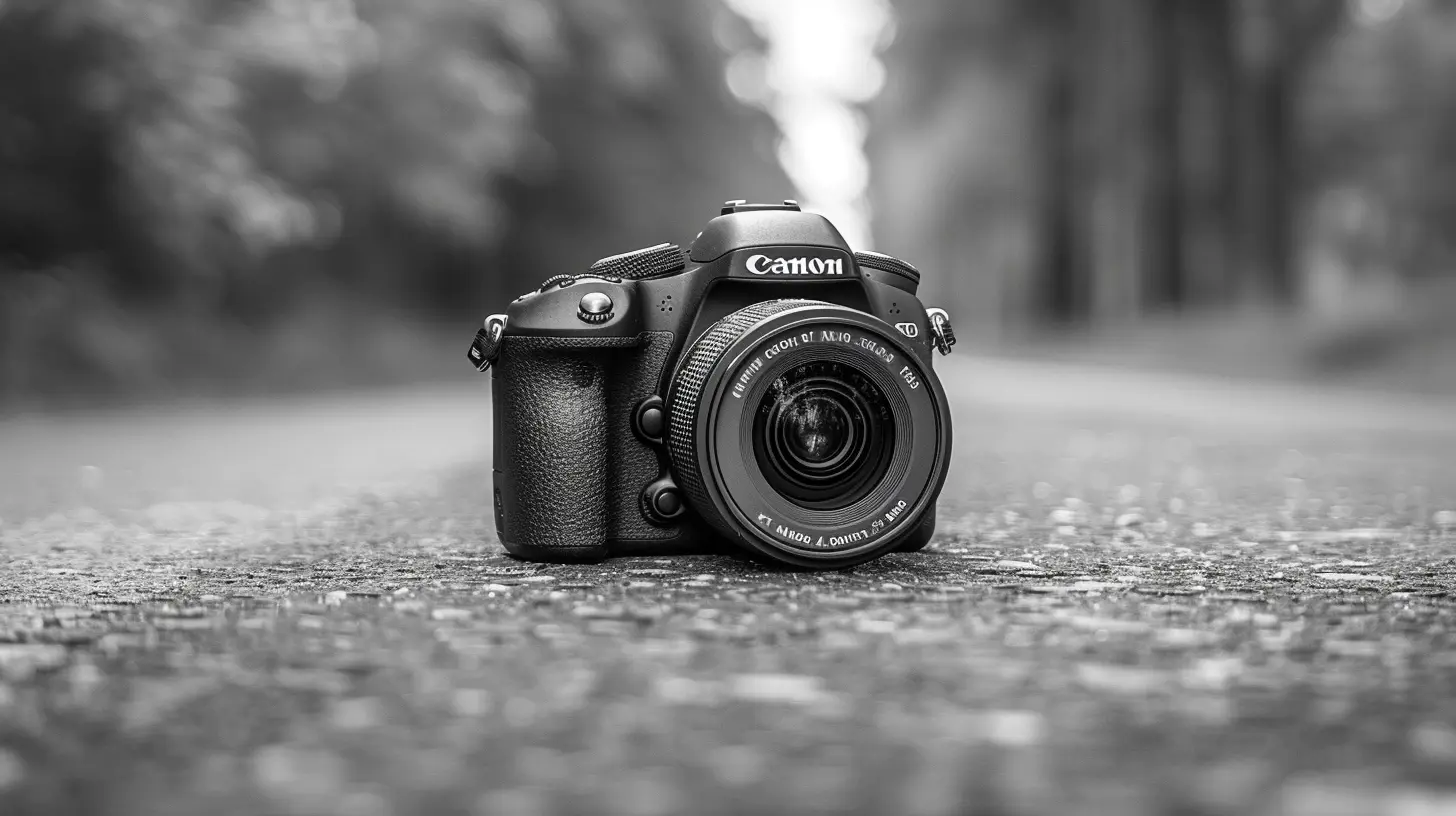
Understanding the Power of Light and Shadow
Photography, at its core, is about light. Black and white images take this concept and crank the contrast up to 11.Light Becomes the Star of the Show
Without color, your images rely heavily on light to set the mood. You begin to notice how soft shadows fall across a face, or how sunlight streams through a window to create dramatic diagonal lines. Shooting in black and white forces you to observe light differently—it moves from being a supporting actor to the main character.Shapes and Patterns Stand Out
Ever taken a photo and later noticed a cool pattern or abstract shape that you didn’t see at first? Black and white has a way of highlighting structure and form. Because you’re not distracted by color, your eye zeroes in on design elements like symmetry, lines, and textures.These are the building blocks of a strong photo composition. So, when you shoot in black and white, you're training your eye to think like a designer, not just a photographer.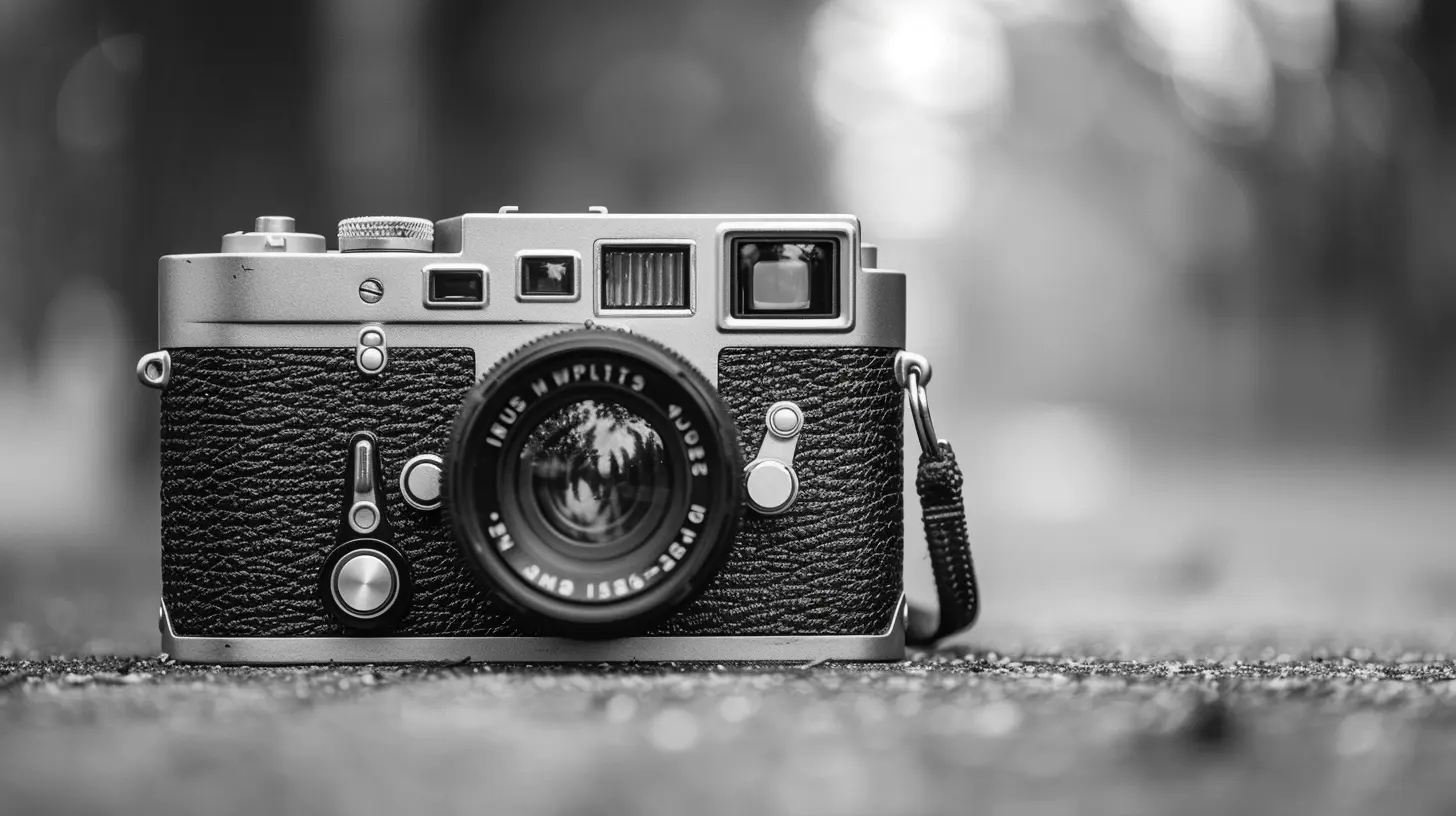
Black and White Helps You Focus on Composition
Let’s talk composition. When you shoot in color, it’s easy to let vibrant hues carry your photo. But in black and white? There’s nowhere to hide. The photo has to be strong in other ways.You Learn to See Differently
Shooting in black and white forces you to pay attention to framing, balance, and subject placement. You'll start to think about leading lines, negative space, and how shapes interact within the frame. You might even find yourself moving your feet more—composing with intention rather than convenience.Simplifying the Scene
Black and white naturally simplifies your photograph. This means distracting elements (like a neon sign or a bright red car parked where it shouldn’t be) don’t steal focus. What you’re left with is something purer, more refined—a distilled version of your vision.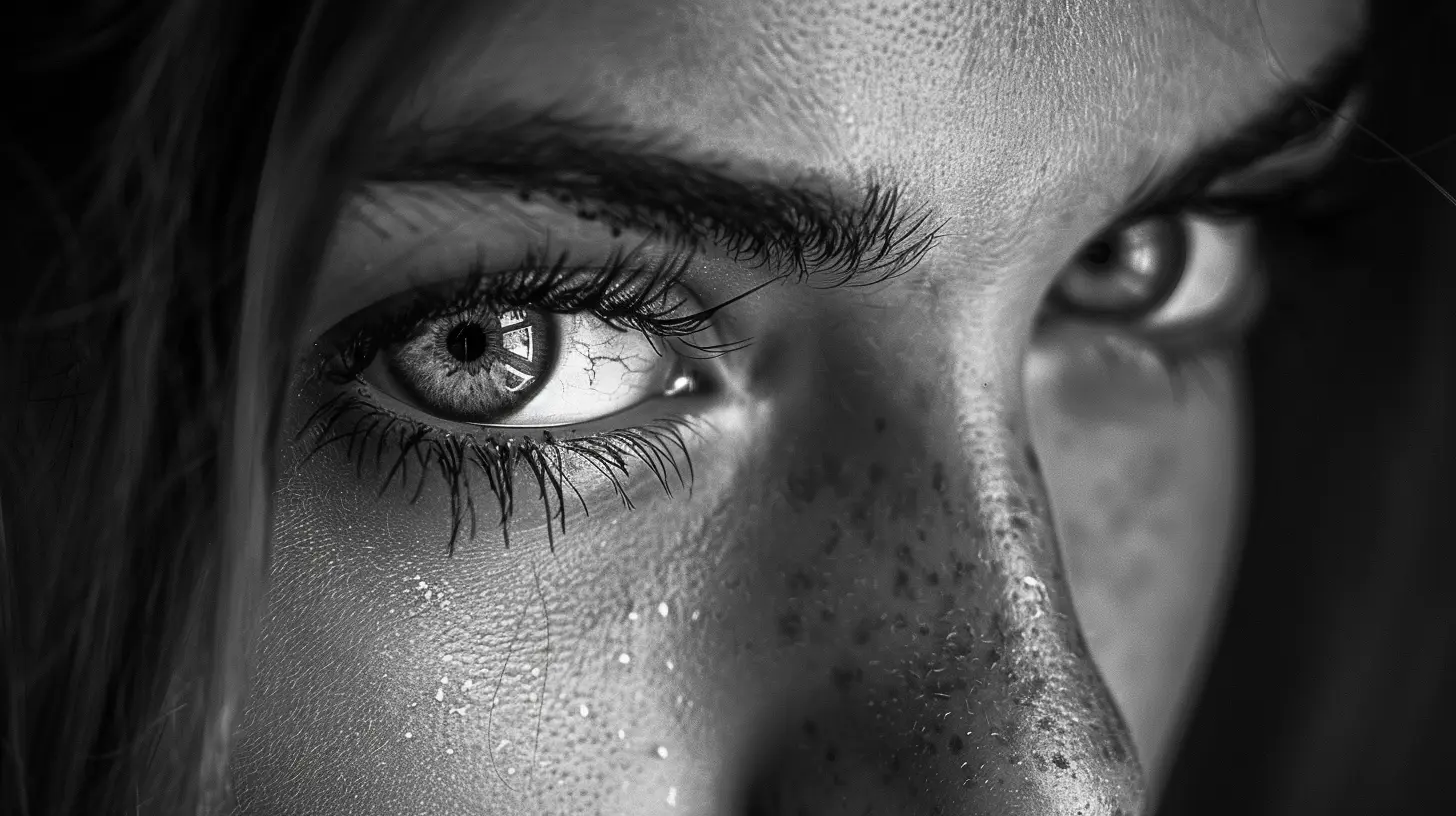
Post-Processing: Crafting the Perfect B&W Image
Even though you’re shooting digital, not film, there’s still an art to developing a black and white photo. And just like in the darkroom days, the editing process can make or break your shot.Shoot in Color, Convert Later
Here’s a pro tip: shoot in RAW and preview in black and white on your camera. That way, you capture all the info you need in a color file, but you “see” in monochrome when composing. Later in post, you have full control.You can play with contrast, filters, curves, and exposure. Want to create a moody noir effect? Go for deep shadows and high contrast. Looking for something softer? Use gentle highlights and subtle grays.
Use Black and White to Rescue Bad Color Photos
We’ve all been there—a beautiful shot ruined by nasty lighting or funky white balance. Before you hit delete, try converting it to black and white. You'll be amazed how many “meh” photos turn magical without color clutter.The Technical Advantages of Monochrome Photography
Shooting in black and white isn’t just about being artsy. There are some legit technical reasons, too.Better High ISO Performance
Noise in color photos? Distracting. Noise in black and white? Sometimes kind of cool.Your digital camera’s sensor handles high ISO levels better in black and white. Grain, which may be considered ugly in color, often adds character and texture in monochrome. Especially for street or documentary photography, this can help you shoot in low light without stressing.
Faster Decision-Making
There’s less to worry about—no color hues to correct, no white balance nightmares. That means you can shoot faster and focus more on storytelling and emotion.Black and White in Different Photography Genres
You might be thinking: Sure, black and white works for portraits and landscapes. But what about other styles?Let’s break it down by genre:
Portraits
Black and white portraits are intense. They highlight emotion, texture, and depth. Skin tones become about light and contour, not color. Facial expressions pop. It’s raw, stripped-down storytelling—often soul-piercing.Street Photography
This is one of the most common places you’ll see black and white used. Why? Because it removes unnecessary distractions and places the viewer in the moment. The focus is on people, expressions, and spontaneous life unfolding in front of the lens.Architecture
Black and white makes those clean lines, intricate patterns, and structural shadows shine. It accentuates contrast and adds a graphic, sometimes abstract, feel to buildings and cityscapes.Nature and Landscapes
While color dominates here, black and white offers a different kind of drama. Think misty mountains, windy trees, or crashing waves in grayscale. You create mood through shadows and textures, rather than the vibrance of nature.How to Start Shooting in Black and White
Okay, you’re curious now. So how do you actually start?Use Your Camera’s Monochrome Mode
Most digital cameras have a black and white (monochrome) mode. Flip it on. Even if you shoot in RAW (as you should), this setting lets you preview the world in black and white on your LCD—helping you compose better shots.Train Your Eye
Start observing light, contrast, shadows, and shapes in your everyday surroundings. Don’t just “see” color—see structure. A great way to practice is by studying famous black and white photographers and analyzing how they used light, framing, and emotion.Experiment and Don’t Overthink
There’s no right or wrong here. Some photos work better in black and white. Others might fall flat. That’s okay. The goal is to explore, play, and develop your creative eye. And sometimes? A photo isn’t about perfection—it’s about feeling.Final Thoughts: Why Monochrome Might Be Your Camera’s Superpower
Look, color photography is great. It’s vibrant, fun, and sometimes crucial. But black and white? That’s where the soul of photography often lives. It pushes you as an artist. It makes you more intentional. More observant. It’s like listening to an acoustic version of your favorite song—stripped down, raw, and beautiful in its simplicity.So next time you pick up your digital camera, try flipping off the color. Challenge yourself. Think in light and shadow. And watch as your photos start telling stories that color just can’t.
Because sometimes… less really is more.
all images in this post were generated using AI tools
Category:
Digital CamerasAuthor:

Michael Robinson

